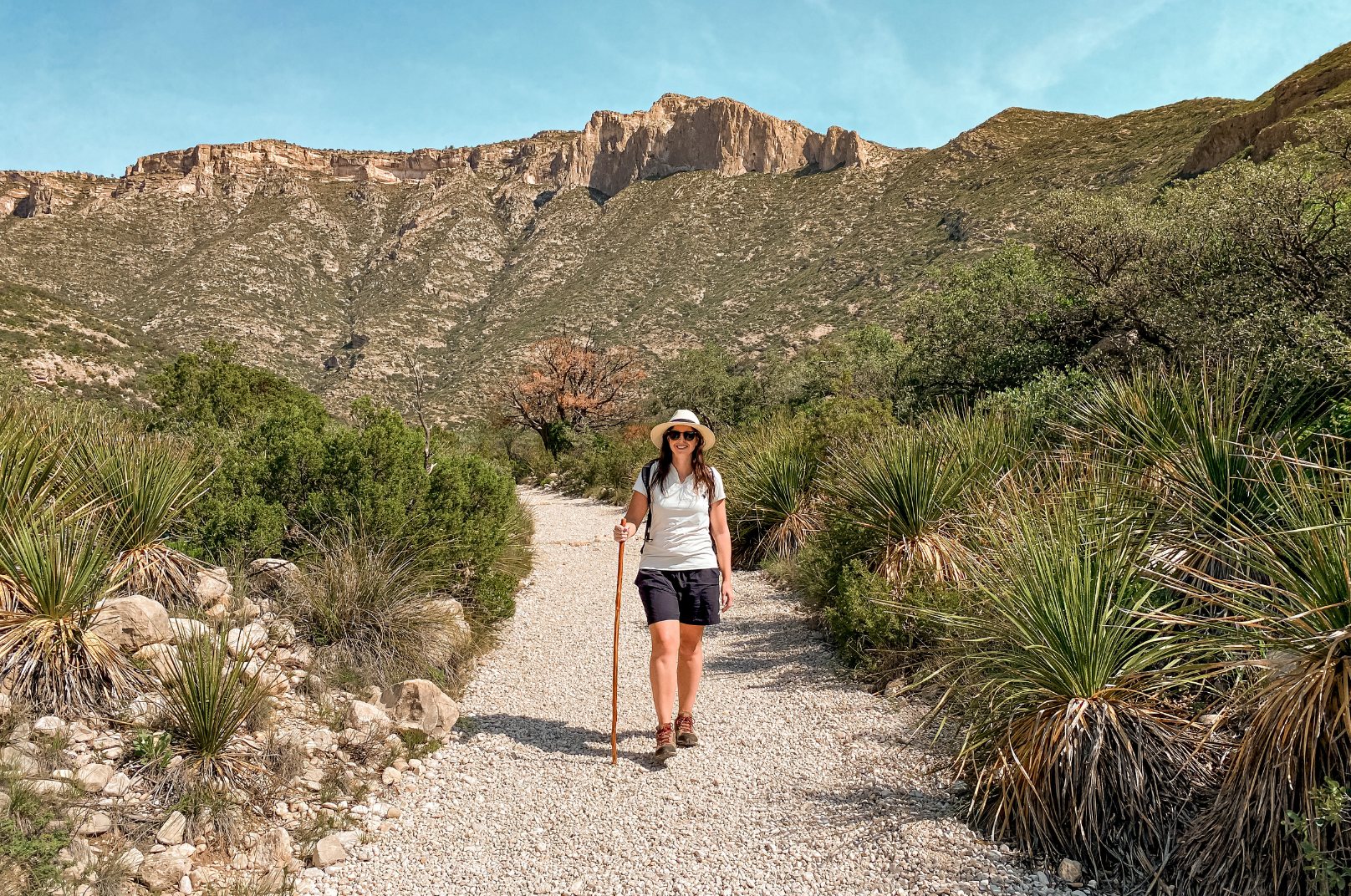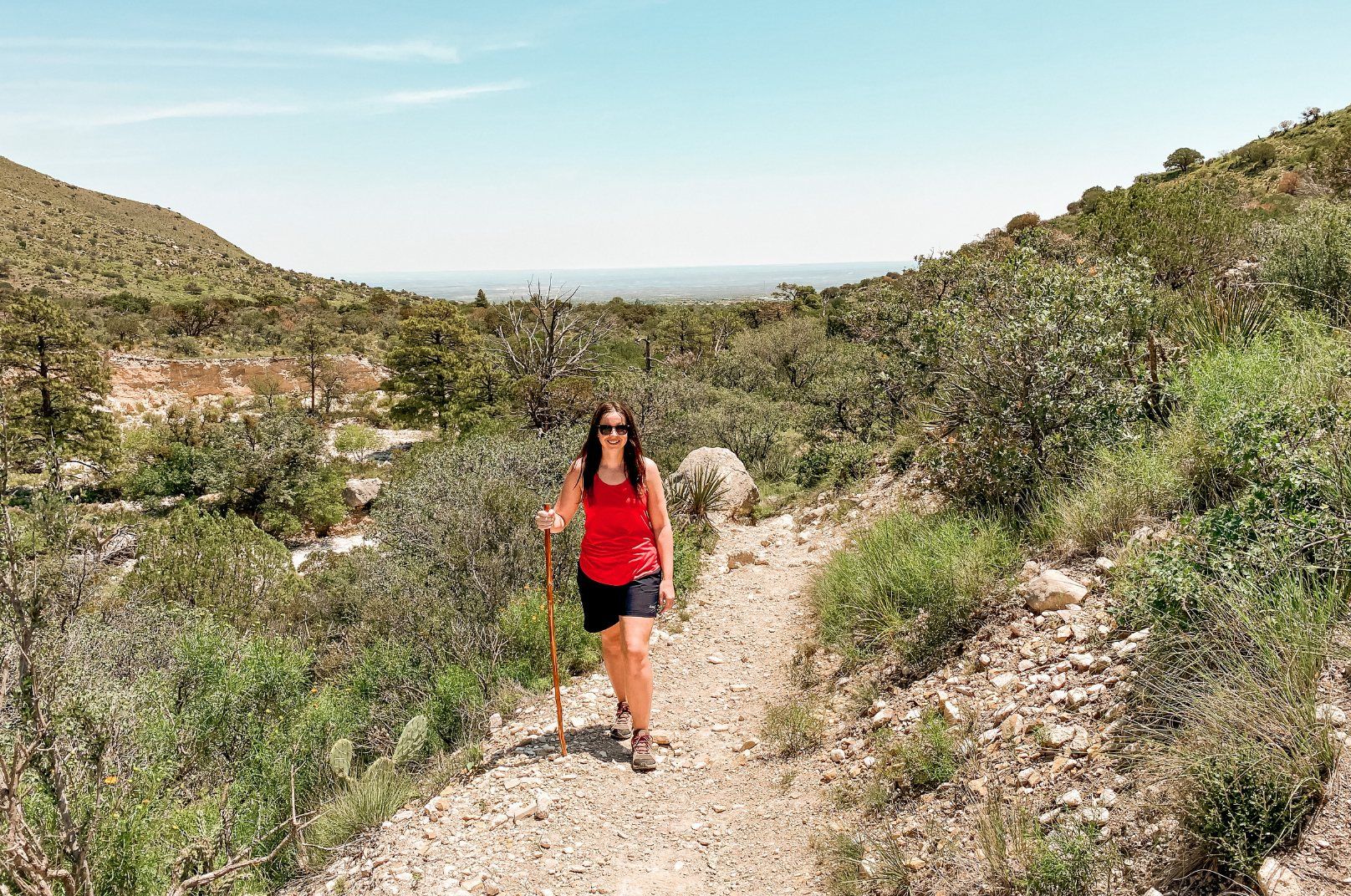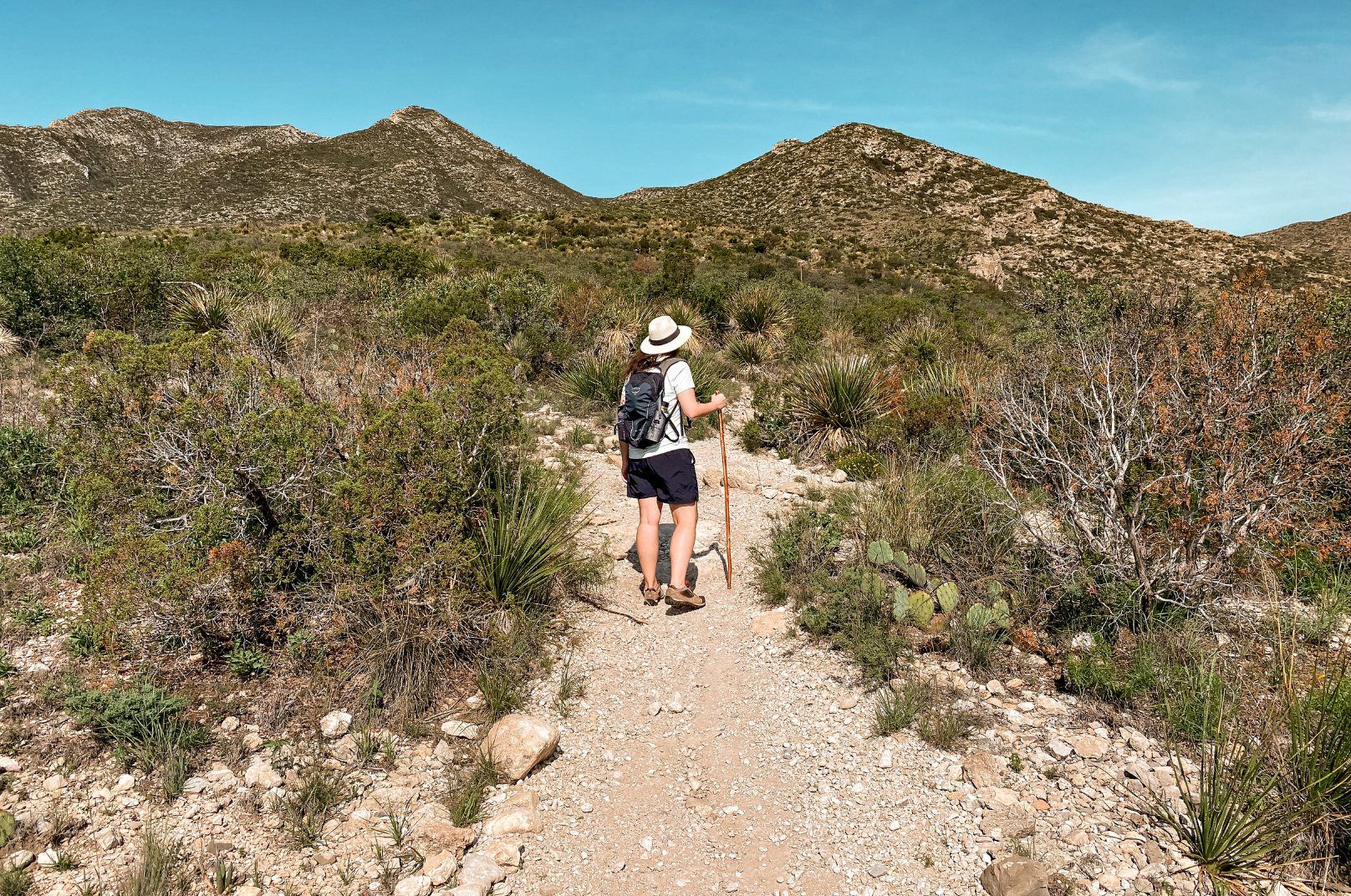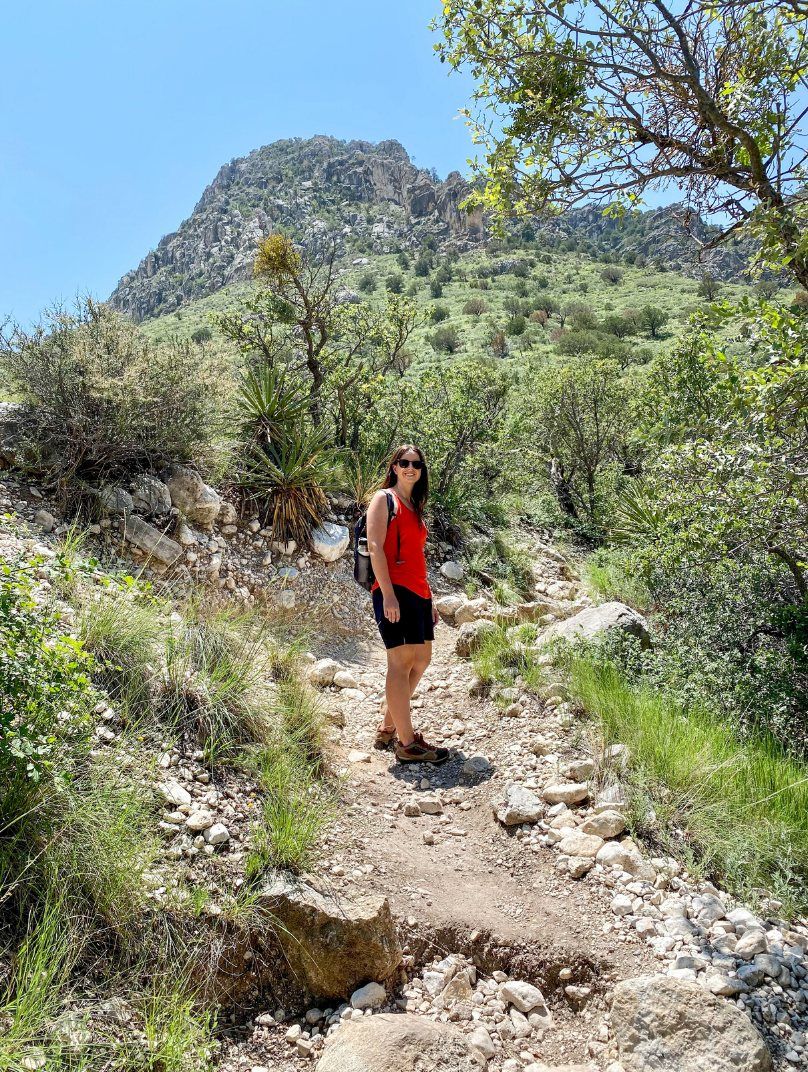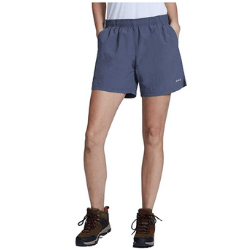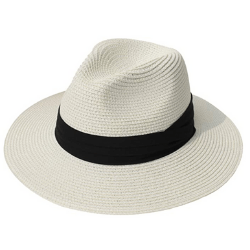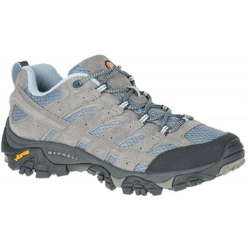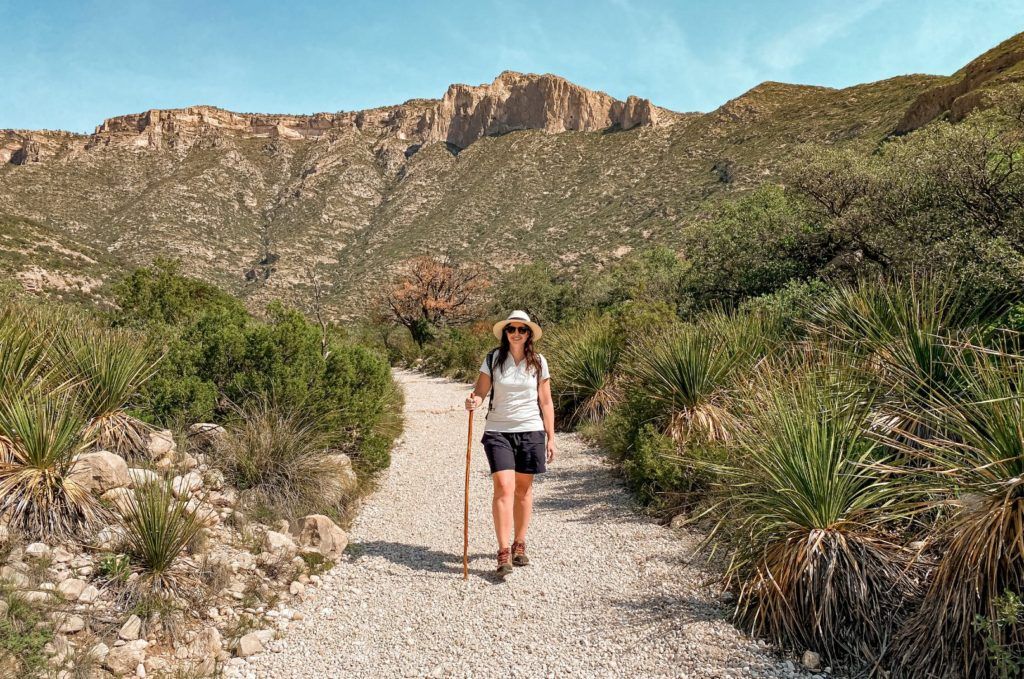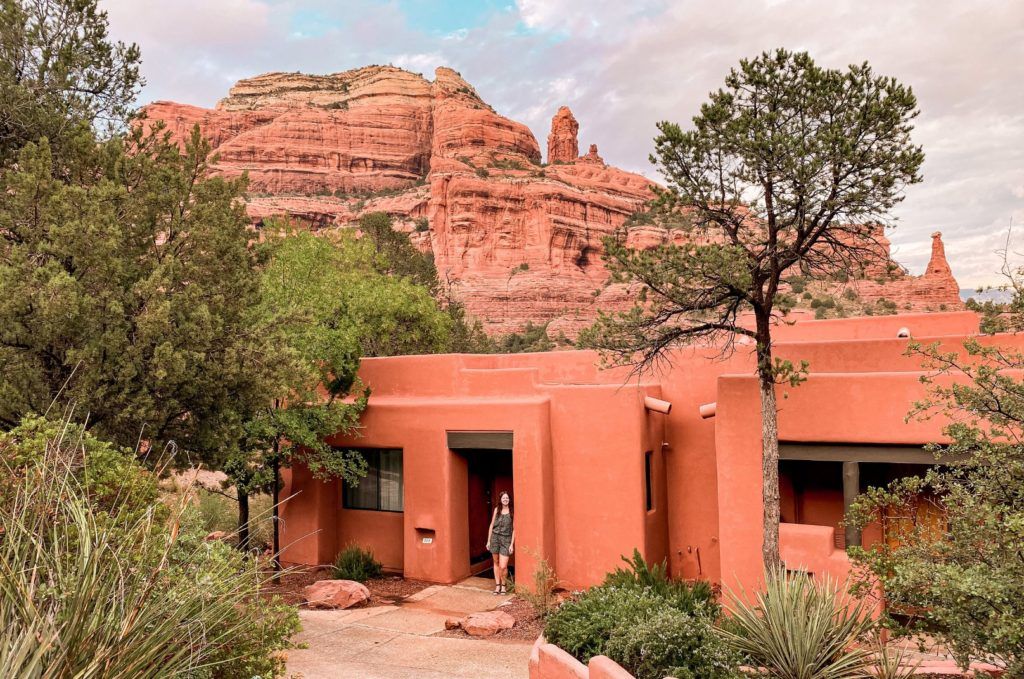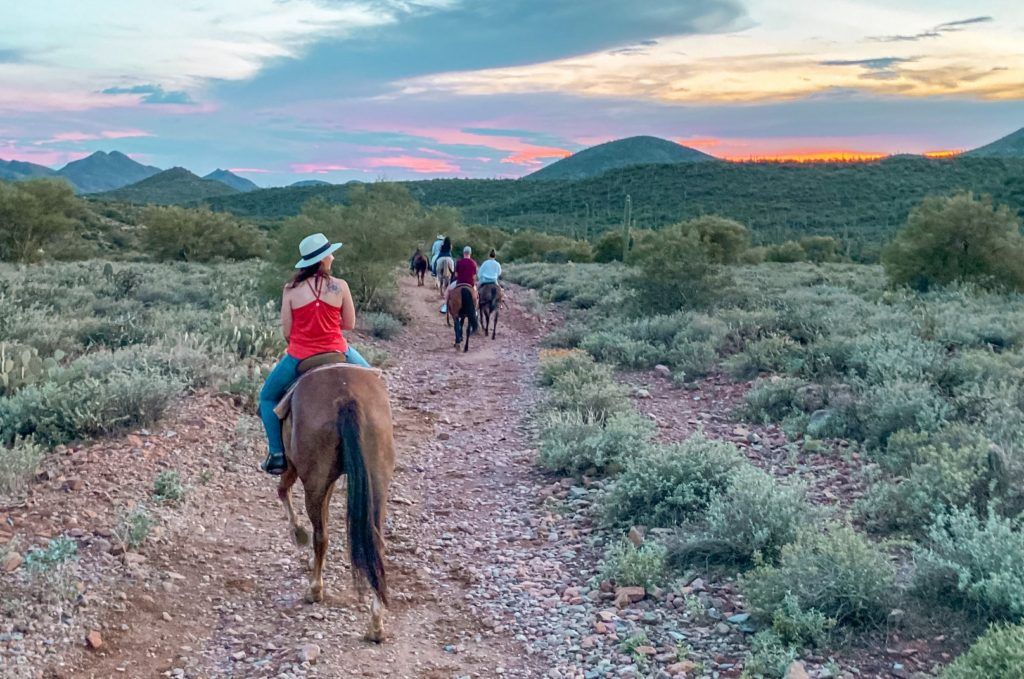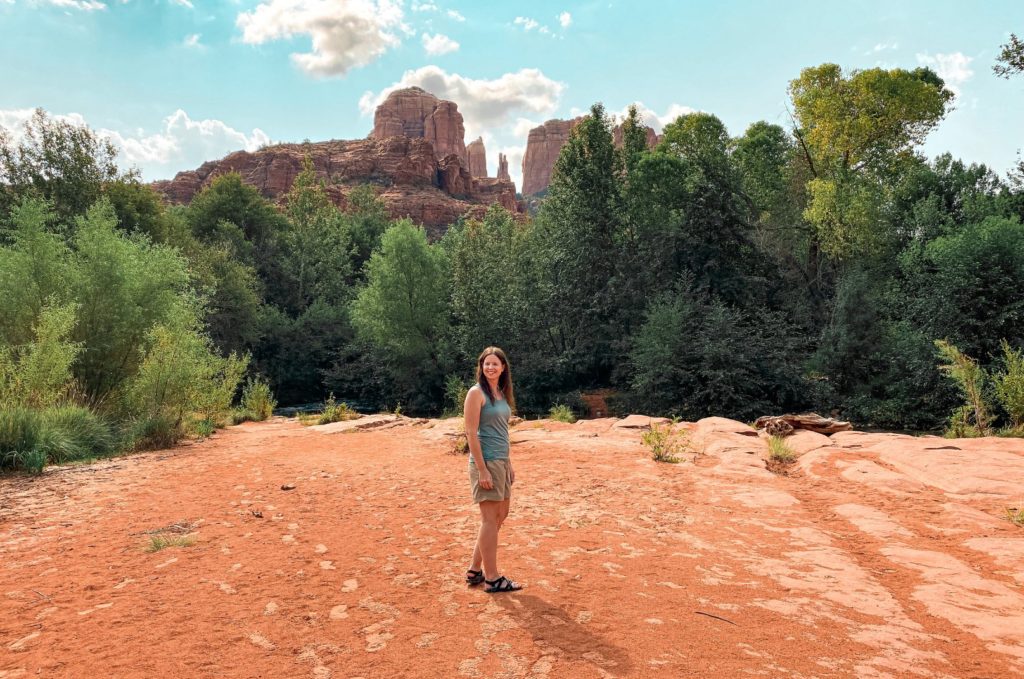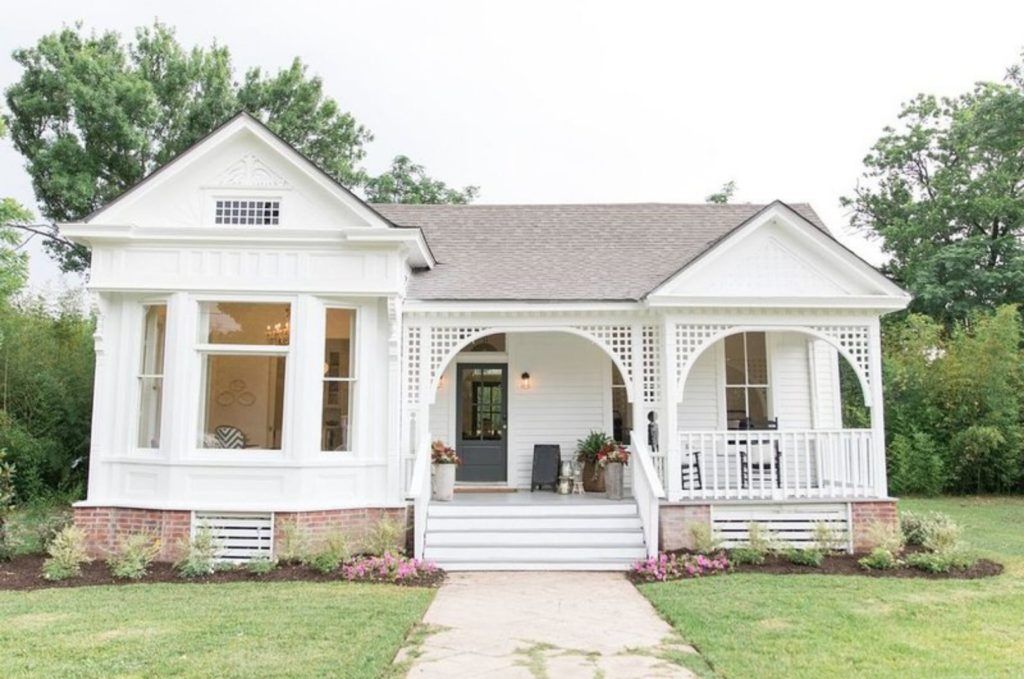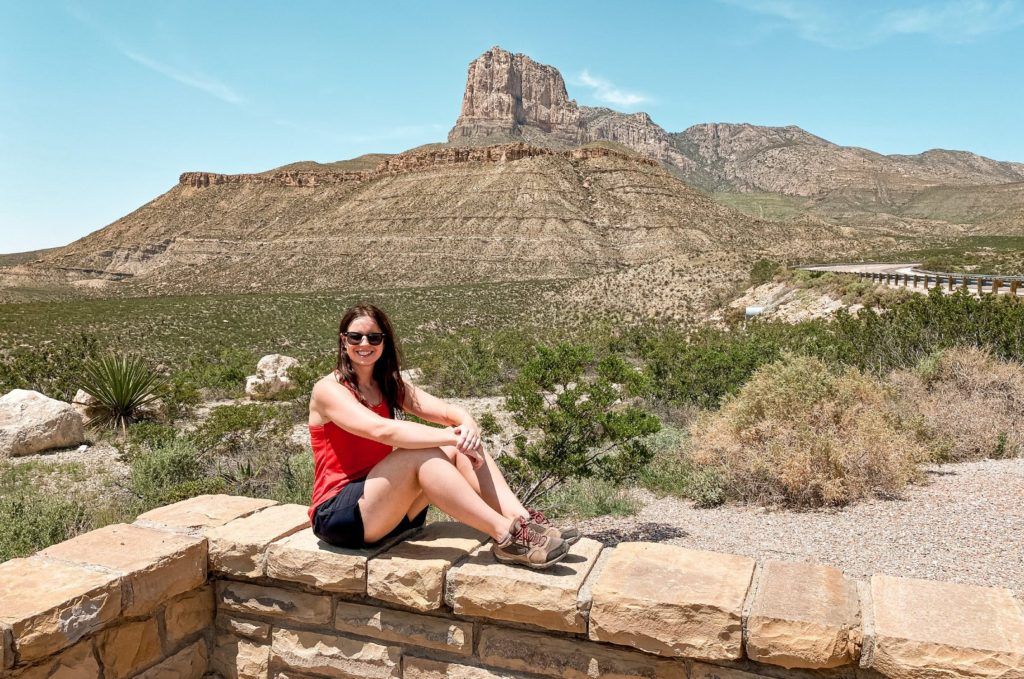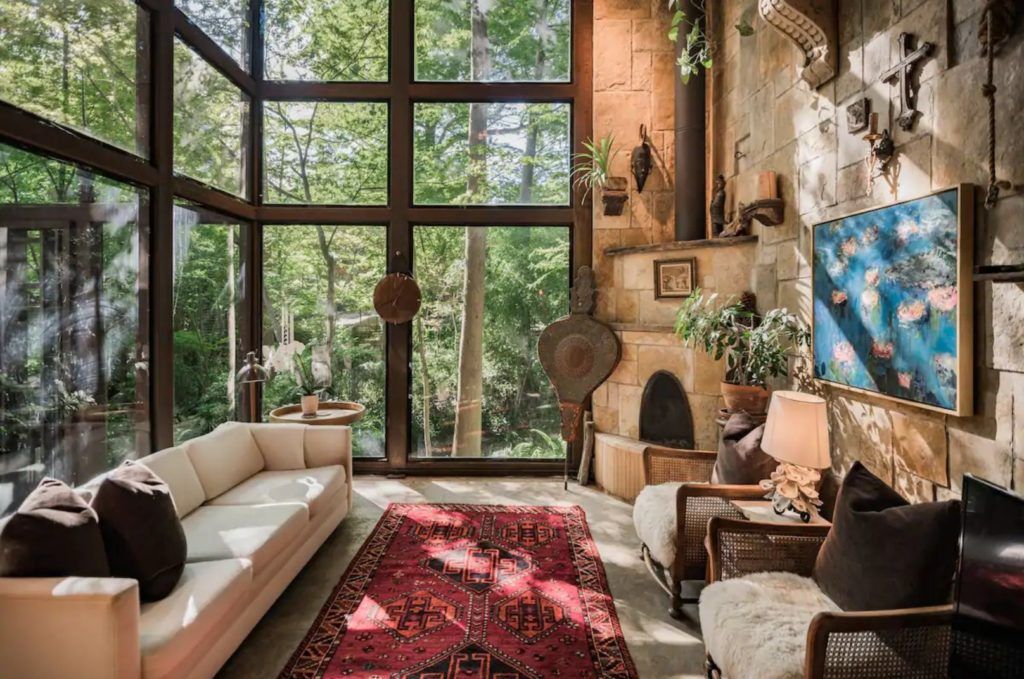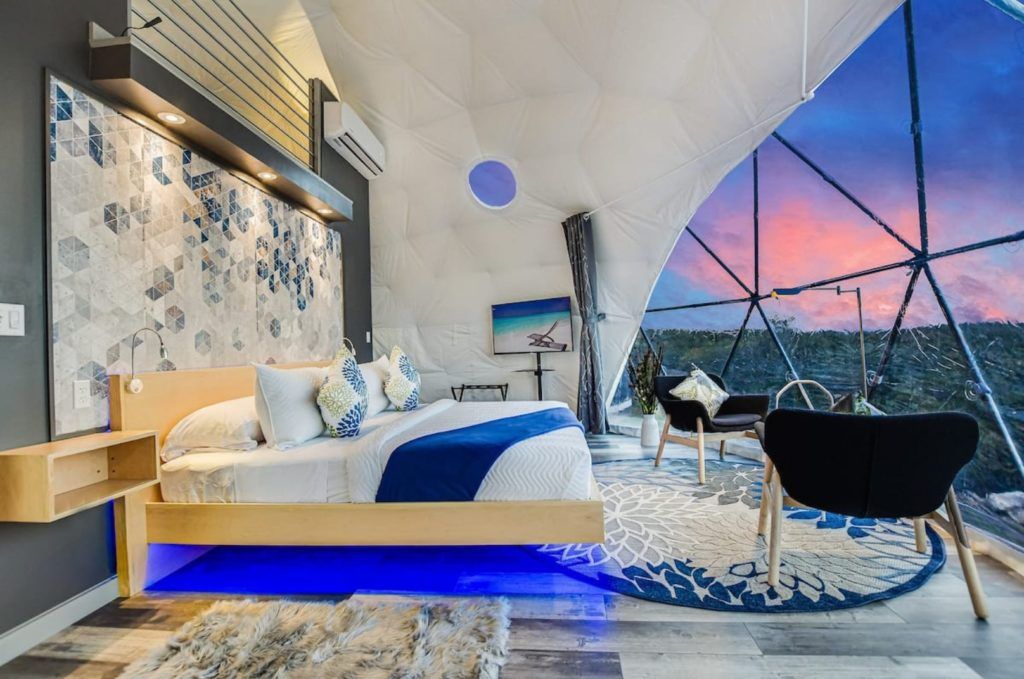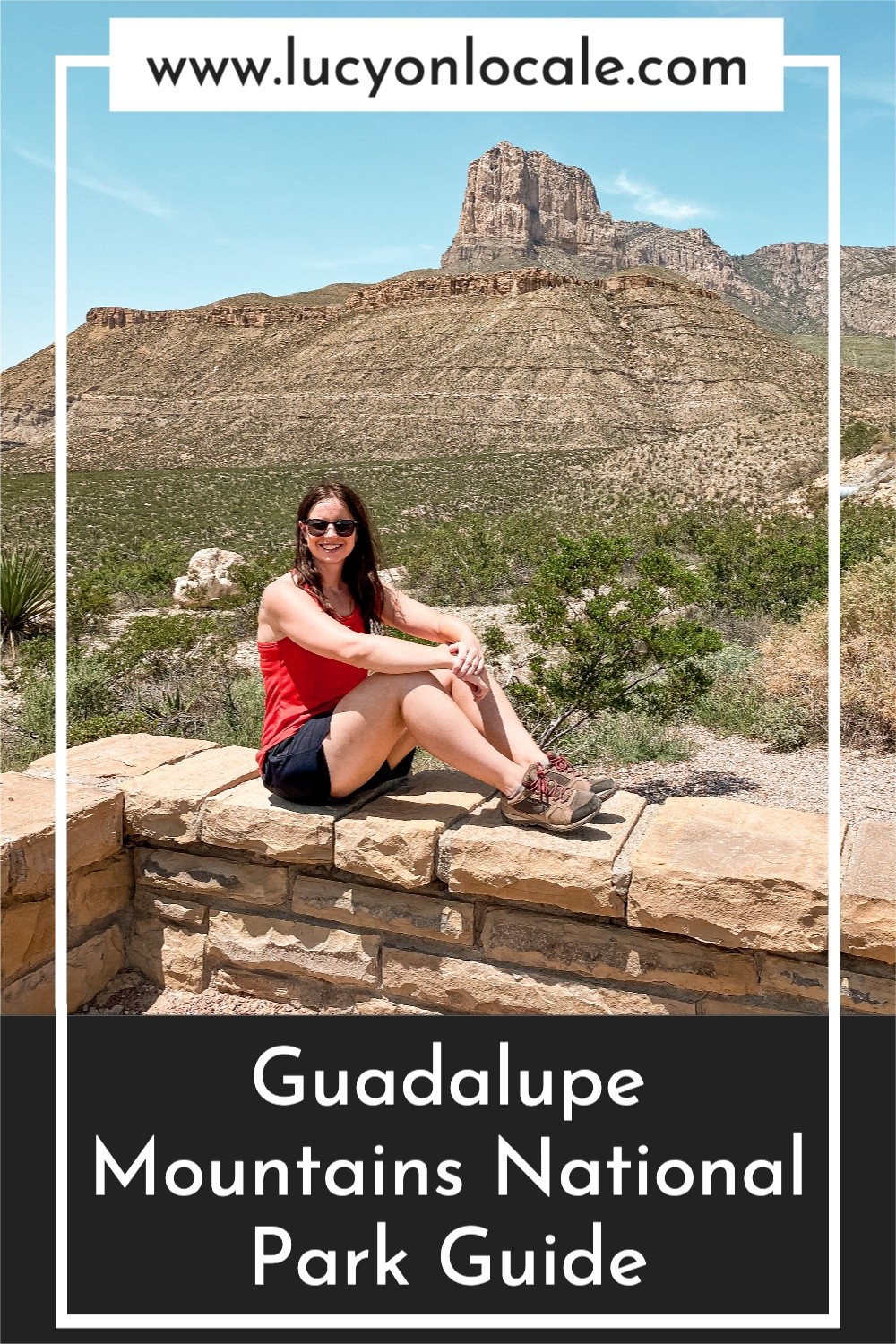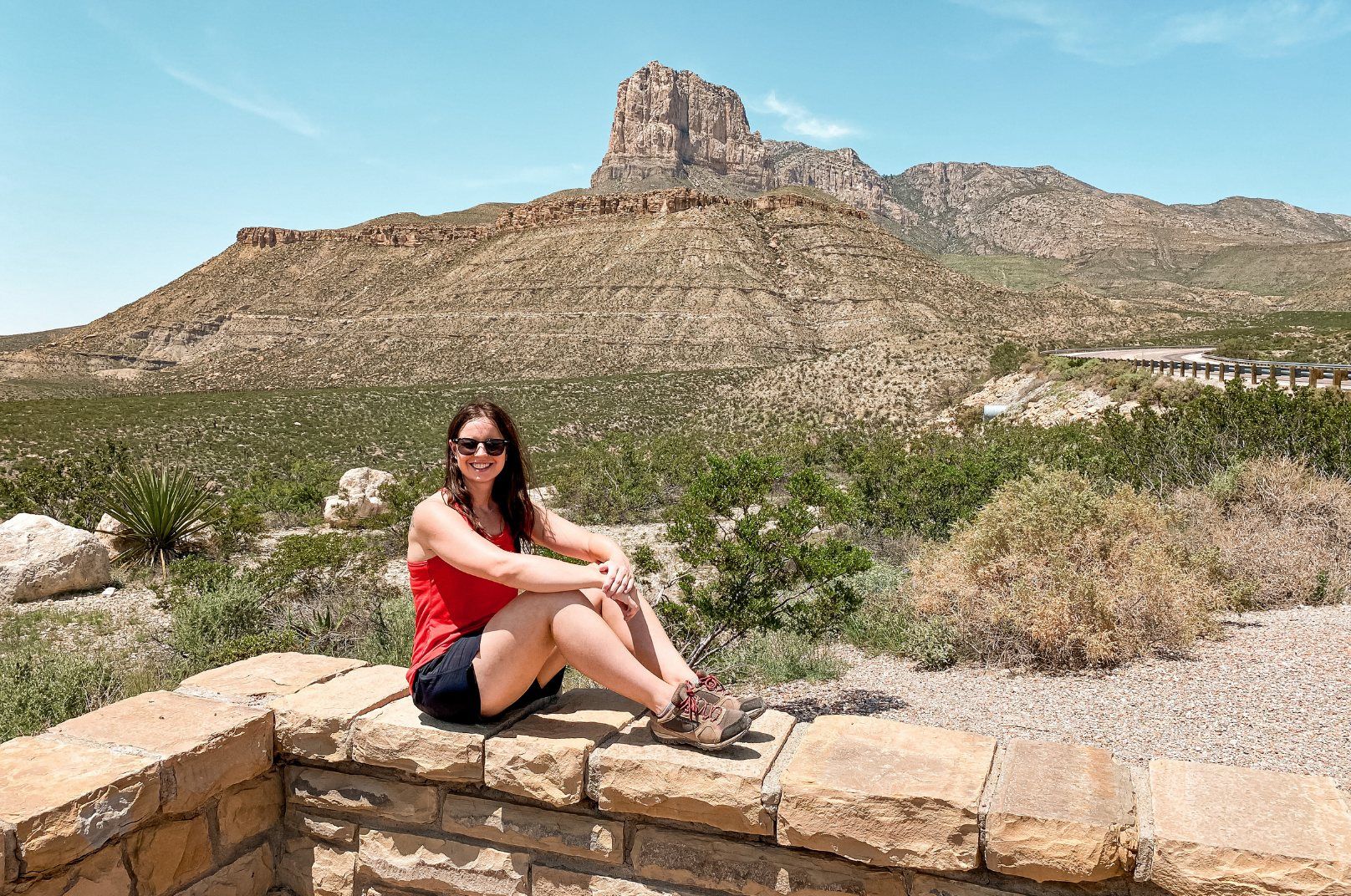
Guadalupe Mountains National Park is one of the best off-the-beaten-path national parks to visit in the U.S. Located in West Texas, this park is a true wilderness where you can escape the crowds and re-connect with nature. So I’ve created the ultimate guide for backpacking Guadalupe Mountains National Park.
U.S. National Park Guides
Fun fact: Guadalupe Mountains National Park was once a reef beneath the waters of an ancient inland sea. Today, this park protects the world’s most extensive Permian fossil reef and the four highest peaks in Texas.
Ready for an adventure? Then here’s the ultimate guide to backpacking Guadalupe Mountains National Park!

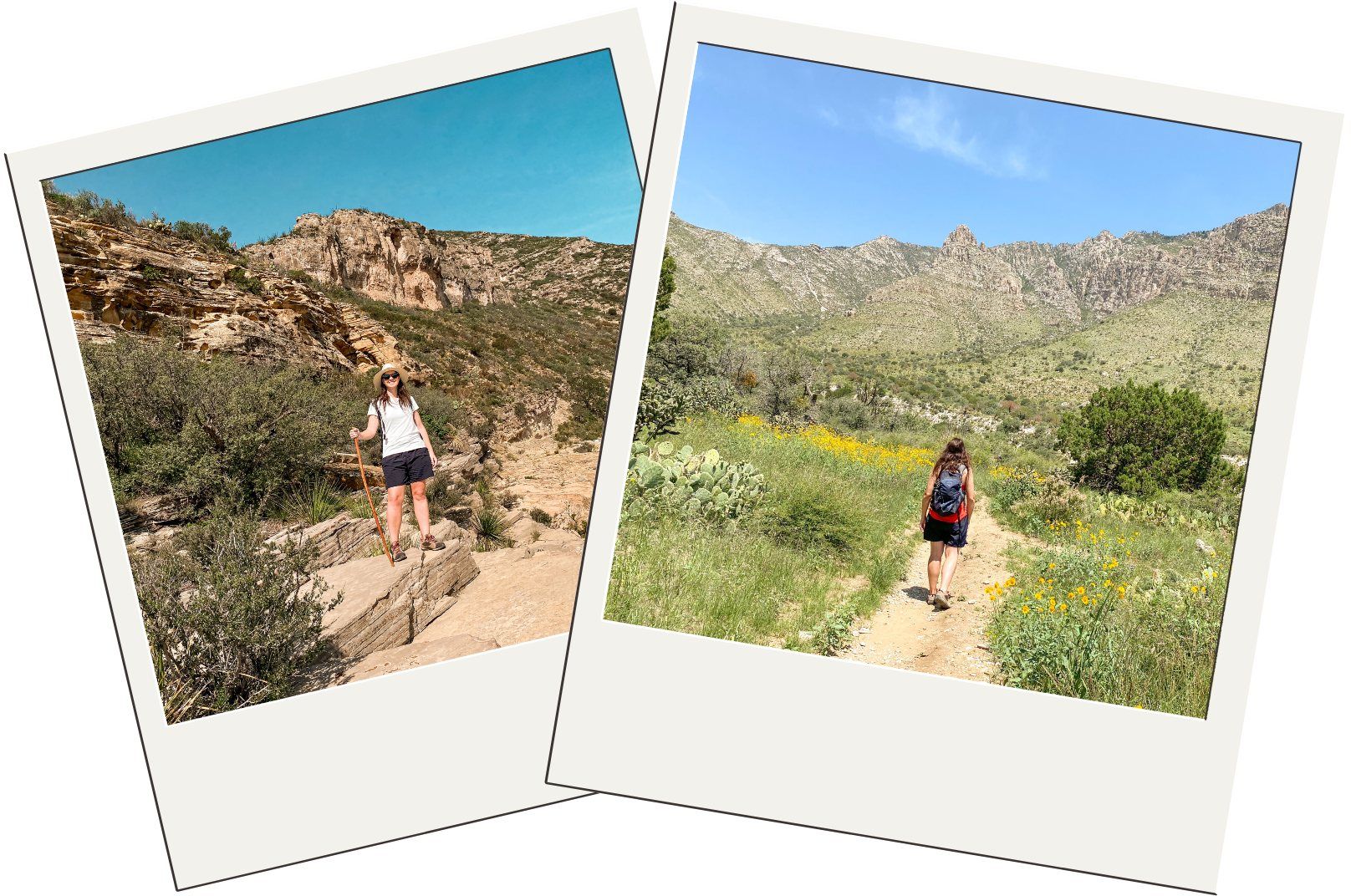
When To Go
The park is open year-round, and Fall is the best time to visit Guadalupe Mountains National Park. Daytime temperatures will be cooler, and the foliage of the trees in McKittrick Canyon will be changing into beautiful, fiery colors.
Summer is the busiest season, though the crowds will still be relatively small compared to most other national parks. You can avoid some of the other hikers by going on weekdays. Daytime temperatures in June, July, and August are hot, and there’s little to no shade on the trails. So start early in the morning and always have water, a hat, and sunscreen.
Spring has mild temperatures – daytime highs in the mid-60s to low-80s. Nighttime temperatures will be in the 40s and 50s, so you’ll want layers in the mornings and evenings. The landscape and foliage will be beautiful this time of year, especially in McKittrick Canyon. But high winds can make hiking difficult, so always check daily weather conditions.
Winter temperatures are in the mid-50s in the day and below freezing at night. Snow, freezing fog, and high winds (70+ miles) are common in December, January, and February, so hike with caution and always have appropriate clothes, footwear, and gear with you.

What To Do
You can explore Guadalupe Mountains National Park in a full day. Start your morning as early as possible with the McKittrick Canyon Trail. Hike at least as far as Pratt Cabin (a moderate 4.8 miles out and back trail), and you can go further if you’re up for it.
Then make sure you take a long lunch break to rest and rehydrate. Next, head south to the ruins of a mid-1800s Butterfield stagecoach station right off of US 62/180. If you want to go on another hike, I recommend the Devil’s Hall Trail (a moderate-difficult 3.6 out and back trail).
End your day with the scenic drive south from the Pine Springs Visitor Center along Highway 62/Highway 180 that forms the perimeter of the national park. This is where you’ll get those iconic views of Texas’s El Capitan.
If you have a second day to spend in the park, I recommend hiking either the Guadalupe Peak Texas Highpoint Trail (8.4 miles out and back, 2900 feet elevation gain) or the Bowl and Hunter Peak via Frijole and Bear Canyon Trails (an 8.4-mile loop, 3000 feet elevation gain). Both of these hikes will take the entire day.

Know Before You Go
Guadalupe Mountains is what I refer to as a “high adventure national park.” Almost all the trails go up, there’s little to no shade, and the trails are rocky and uneven. I hiked three trails, and I’d rate all of them as more difficult than the park guide said. For example, the Devil’s Hall Trail is rated as ‘moderate,’ but I’d rate it as moderate-difficult. So, when you’re choosing trails to hike, I’d think of them as being more difficult than they’re rated.
Always have plenty of water and sun protection with you.
There are rattlesnakes here, so wear sturdy shoes, keep a watchful eye on the ground, and make noise to scare them off.
Permits are required for all overnight backpacking and horse riding in the park.
There is no gas in the park. If you’re traveling from El Paso, Texas, Dell City is the closest town with gas, food, and ice. When traveling from New Mexico, Whites City is the last place that has gas stations and restaurants.
Restrooms are few and far between, so don’t wait to go.
There is no food available in the park, so you’ll need to pack out all your meals and always have snacks with you.
The park is at a high elevation (between 3000 and 8000 feet), so pace yourself in this high elevation.
Read More

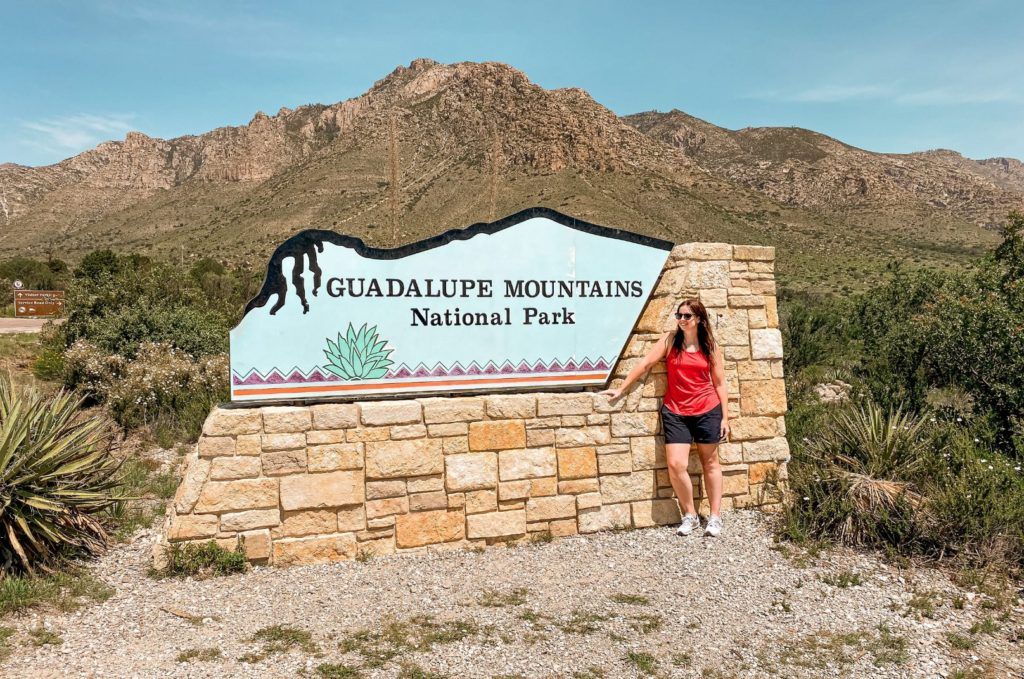
Where To Stay
The closest city to the national park is Carlsbad, New Mexico. This town has several nice chain hotels and lots of restaurants and grocery stores. Carlsbad is the best “home base” if you also want to take day trips to Carlsbad Caverns National Park or Roswell.
Whites City, New Mexico, has a tent and RV campground with full hook-ups. There are two rustic campgrounds for tent and RV camping in the park – Pine Springs and Dog Canyon. All sites are level, but there are no hook-ups.

Shop My National Park Essentials

Is there anything you’d add to this guide for backpacking Guadalupe Mountains National Park? If so, let us know in the comments!

Plan The Rest Of Your Trip

Frequently Asked Questions
Where should I stay when visiting Guadalupe National Park?
The closest city to the national park is Carlsbad, New Mexico. This town has several nice chain hotels and lots of restaurants and grocery stores. Carlsbad is the best “home base” if you also want to take day trips to Carlsbad Caverns National Park or Roswell.
Whites City, New Mexico, has a tent and RV campground with full hook-ups. There are two rustic campgrounds for tent and RV camping in the park – Pine Springs and Dog Canyon. All sites are level, but there are no hook-ups.
Do you need reservations for Guadalupe Mountains National Park?
No, reservations are not required for any hike or park entrance. The in-park campgrounds are first-come, first-serve.
Can you drive through Guadalupe Mountains National Park?
There are no scenic drives through the interior of the park, but I highly recommend the scenic drive south from the Pine Springs Visitor Center along Highway 62/Highway 180 that forms the perimeter of the national park. This is where you’ll get those iconic views of Texas’s El Capitan.
What is Guadalupe Mountains National Park known for?
Guadalupe Mountains National Park is famous for its iconic El Capitan peak.
Fun fact: Guadalupe Mountains National Park was once a reef beneath the waters of an ancient inland sea. Today, this park protects the world’s most extensive Permian fossil reef and the four highest peaks in Texas.
Is Guadalupe Mountains National Park worth it?
Yes! Guadalupe Mountains National Park is one of the best off-the-beaten-path national parks to visit in the country.
Is hiking Guadalupe Peak hard?
Yes. This is an 8.4-mile round trip hike that gains 3,000 feet of vertical elevation that’s rated as “very strenuous.” You should expect this hike to take you between 6-8 hours, so start early and come prepared with the right clothes, gear, and supplies.
How much time do you need in Guadalupe Mountains National Park?
You can explore Guadalupe Mountains National Park in a full day. Start with the McKittrick Canyon Trail. Then head south to the ruins of a mid-1800s Butterfield stagecoach station right off of US 62/180. If you want to go on another hike, I recommend the Devil’s Hall Trail (a moderate-difficult 3.6 out and back trail).
End your day with the scenic drive south from the Pine Springs Visitor Center along Highway 62/Highway 180 that forms the perimeter of the national park.
If you have a second day to spend in the park, I recommend hiking either the Guadalupe Peak Texas Highpoint Trail (8.4 miles out and back, 2900 feet elevation gain) or the Bowl and Hunter Peak via Frijole and Bear Canyon Trails (an 8.4-mile loop, 3000 feet elevation gain). Both of these hikes will take the entire day.
Does Guadalupe Peak get snow?
Yes. This park’s higher elevations get snow and freezing fog in the winter.

This guide for backpacking Guadalupe Mountains National Park is not a sponsored post, and, as always, the thoughts and opinions expressed in this guide for backpacking Guadalupe Mountains National Park are entirely my own. Some of these links are affiliate links, and, at no cost to you, I may earn a small commission.
 Travel Shop
Travel Shop Merch
Merch Travel Tips
Travel Tips
 Photography
Photography Points & Miles
Points & Miles Credit Cards
Credit Cards